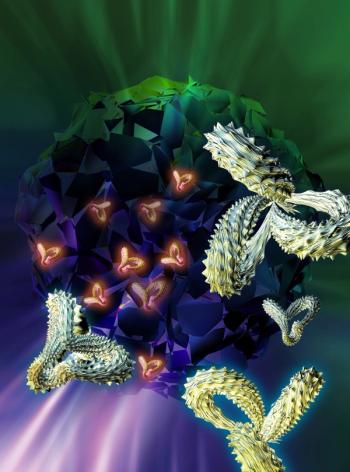
The CAR T-cell therapy axicabtagene ciloleucel demonstrated long-term disease control with rapid responses and robust CAR T-cell expansion among patients with refractory large B-cell lymphoma.

Your AI-Trained Oncology Knowledge Connection!


The CAR T-cell therapy axicabtagene ciloleucel demonstrated long-term disease control with rapid responses and robust CAR T-cell expansion among patients with refractory large B-cell lymphoma.

Census tract socioeconomic status information demonstrated significant disparities between survival outcomes of non-Hispanic white, non-Hispanic black, and Hispanic patients with acute myeloid leukemia AML in the Chicago metropolitan area.
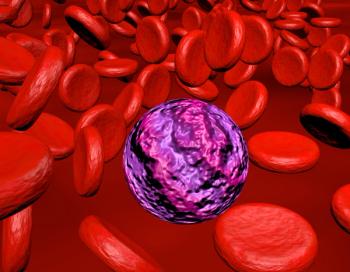
Azacitidine, was shown to significantly prolong overall survival and relapse-free survival in patients with acute myeloid leukemia in first remission regardless of the number of rounds of prior consolidation therapy.

The CAR T-cell therapy elicited a 92% ORR, with high rates of durable responses in patients with indolent non-Hodgkin lymphoma.

Treatment with the oral agent showed sustained health-related quality of life compared with placebo in patients with acute myeloid leukemia, according to results of the phase 3 QUAZAR AML-001 trial.

The enriched chimeric antigen receptor T-cell therapy improved responses and prolonged duration of response in patients with relapsed/refractory multiple myeloma.

A novel CD20xCD3 bispecific antibody, odronextamab, continues to show intriguing antitumor activity and an acceptable safety profile in patients with relapsed/refractory B-cell non-Hodgkin lymphoma, including those who have previously received chimeric antigen receptor T-cell therapy.
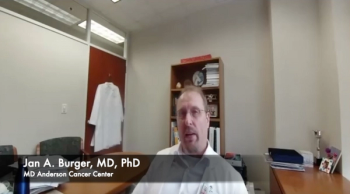
The leukemia expert discussed exciting research being presented at this year’s ASH Annual Meeting.

Treatment with the CAR T-cell therapy ciltacabtagene autoleucel led to a high response rate and an acceptable safety profile at the recommended phase 2 dose in patients with relapsed or refractory multiple myeloma.

Data for a key study secondary outcome measure showed that 56.1% of patients who achieved a complete response to Jelmyto maintained that response at 12 months.
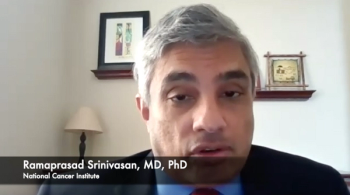
The kidney cancer expert from the National Cancer Institute spoke about what ongoing research in the field of kidney cancer is most encouraging and where research should continue to be focused.
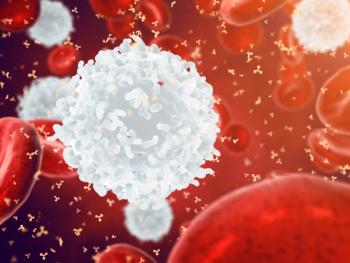
Following a fixed-treatment duration of ibrutinib combined with venetoclax achieved similar 1-year disease-free survival in patients with previously untreated chronic lymphocytic leukemia/small lymphocytic lymphoma.

Treatment with the combination regimen improved progression-free survival (PFS) and overall survival (OS) over a 5-year period compared with patients treated with bendamustine and rituximab.
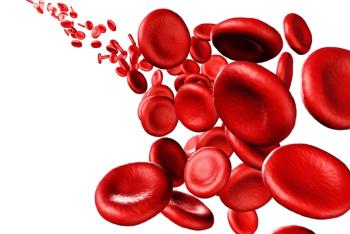
The telomerase inhibitor demonstrated improved overall survival spleen response, and symptom response in patients with myelofibrosis.

Regardless of age, Selinexor induced a clinical benefit in patients with relapsed/refractory diffuse large B-cell lymphoma.
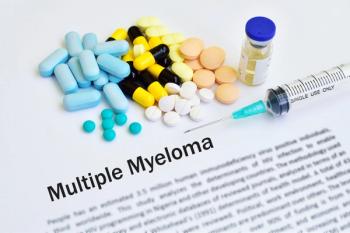
The phase 3 BOSTON study demonstrated superior PFS and ORR with selinexor (Xpovio), bortezomib (Velcade), and dexamethasone in patients with relapsed/refractory multiple myeloma.
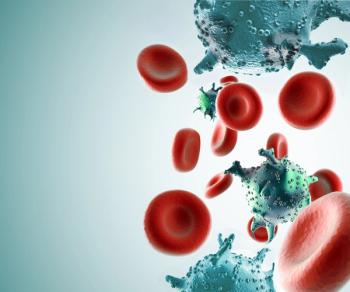
Study results showed that adding navitoclax to ruxolitinib resulted in a clinically meaningful improvement in spleen volume and total symptom score in patients with myelofibrosis who no longer benefited from prior ruxolitinib therapy.
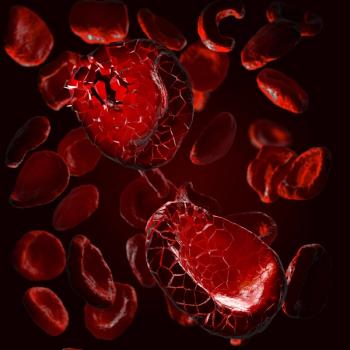
Treatment with momelotinib improved overall survival and sustained efficacy outcomes in patients with intermediate- or high-risk myelofibrosis.
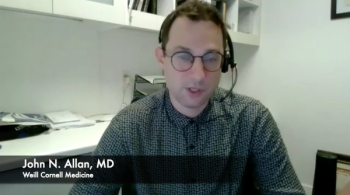
The assistant professor of Medicine in the division of Hematology and Medical Oncology at Weill Cornell Medicine spoke about exciting research coming out of ASH for patients with chronic lymphocytic leukemia.
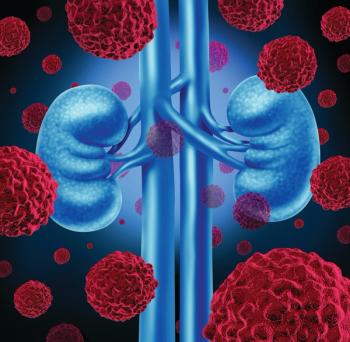
Researchers identified the prevalence of germline mutations associated with the early-onset renal cell carcinoma, as well as clinicopathologic factors linked to an increased risk of carrying these mutations.
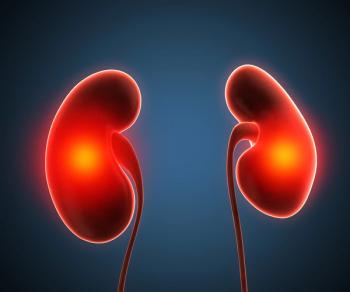
A phase 2 study found that the investigational HIF-2α inhibitor MK-6482 has durable efficacy in patients with Von Hippel-Lindau associated clear cell renal cell carcinoma and non-renal lesions.
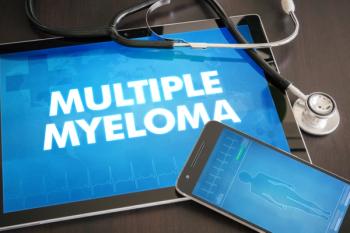
Voorhees noted that despite challenges associated with the COVID-19 pandemic, emerging therapies offer hope for patients with multiple myeloma.
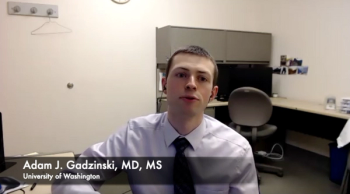
Gadzinski spoke about the most exciting aspect of the research coming out of the 21st Annual Meeting of the Society of Urologic Oncology (SUO).
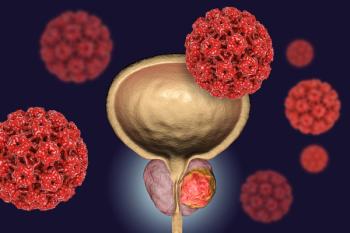
A clear and reliable biomarker to select patients with prostate cancer for active surveillance or focal therapy has not yet been determined but inferring a course of action from existing biomarkers may be possible.

A study presented at the 21st Annual Meeting of the Society of Urologic Oncology found that the implementation of telemedicine was able to significantly reduce or eliminate travel and financial burdens for patients seeking quality urologic cancer care.

The last 5 years in prostate cancer have seen exponential growth for the field of biomarkers. Specifically, not only do guidelines that now incorporate many biomarkers offer guidance on how to treat these patients, but they can also assess the potential for developing prostate cancer.
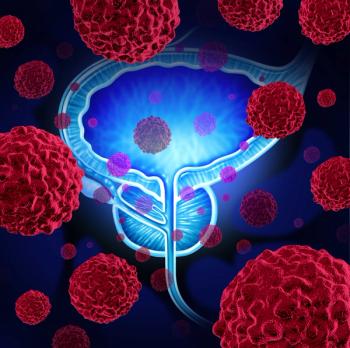
The procedure provided effective, long-term local control for patients with localized penile cancer, highlighting the need for a multidisciplinary approach to patient care.

Research shows that the PARP inhibitor demonstrated superior PFS and OS for patients with metastatic castration-resistant prostate cancer with BRCA1, BRCA2, or ATM alterations.
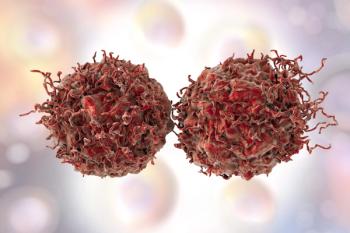
An update on the PROSPER trial analyzing enzalutamide plus androgen deprivation therapy found a lower risk of death than placebo for patients with non-metastatic CRPC.
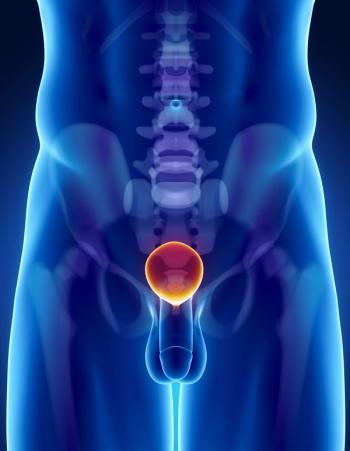
“Providers should consider using BLC for surveillance of high-risk NMIBC patients undergoing BCG as it could change clinical management by identifying patients who are BCG unresponsive and eligible for alternative therapy and clinical trials,” said Meera Chappidi, MD.